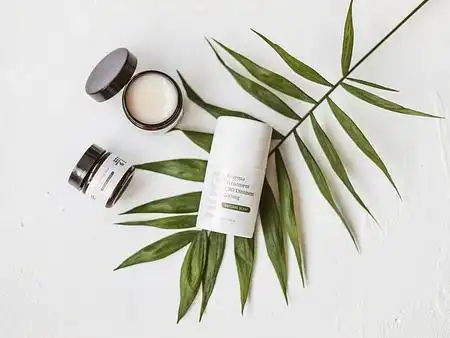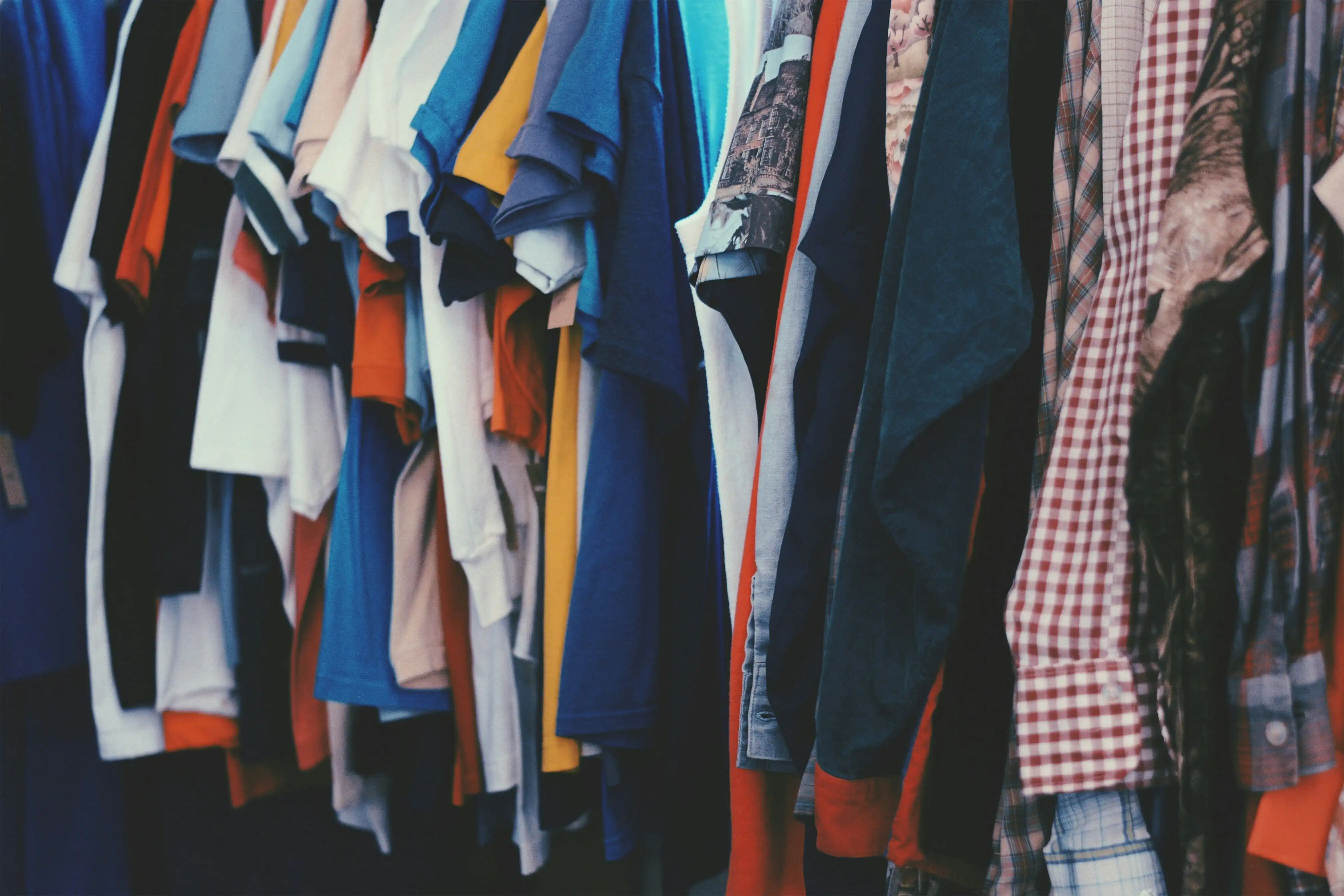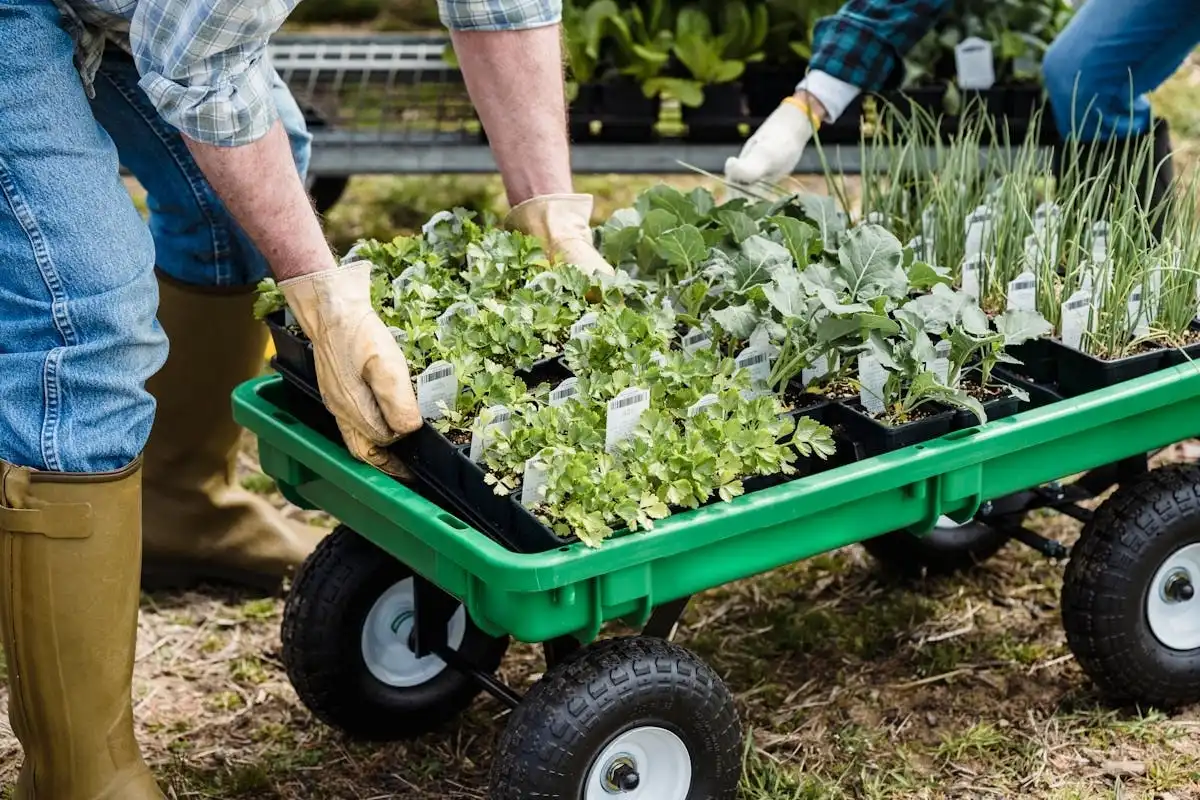ESG Sustainable Procurement News and Updates
All News
New Designers Changing Fashion Through Fabric in Milan
As Milan fashion week takes a bow, several new designers offered an exquisite textile selection. Mixing couture with kitsch and multicultural prints with European tailoring, this next generation of Italian creatives are rebranding what it means to be 'Made In Italy' - one collection at a time.
|March 2nd, 2015|9:00 AM
Is Los Angeles The Next Fashion Hub?
The Tom Ford FW 15 show in LA last week has injected some extra hype into Hollywood. Following the all-American collection of denim and fur that hit the runway on Friday night, Ford’s last minute shift from London to LA has lifted spirits in the Californian city. Could LA be the next high-end fashion hub?
|February 26th, 2015|9:00 AM
NYFW: Fabric & Design Innovators To Watch in 2015
New York fashion week conquered the Lincoln Center for one last time this February. Here are our five favorite design newcomers to the New York schedule - those who aren't afraid to experiment with traditional materials and silhouettes for a bit of fabric play this fall 2015.
|February 25th, 2015|9:00 AM
LA Plays Fashion Hub For Tom Ford FW15
American designer Tom Ford made a shock decision to show his FW 15 collection in LA on Friday night, instead of London. And it was a huge success; the wearable Americana clothes attracting big name stars to the front row. Even Vogue's Anna Wintour. It was a milestone step in Ford's career, offering a fabulous mix of denim, fur and animal print. LA too, felt different, becoming a hub for luxury fashion - if only for one night.
|February 24th, 2015|9:00 AM
Leading Ladies: Favorite Fabrics & Frocks From The Oscars 2015
Unwelcome rain doused LA’s Dolby Theater on Sunday evening's 87th Academy Awards - just as the dolled-up stars poured out of their limousines and stepped onto the red carpet . Fortunately, there wasn’t a wet-look in sight from this year’s leading ladies, who all opted for different designers to dress their potential-win. From Tom Ford to Dior Couture, the leading femmes du film stayed fabulous from crystal-embellished silk to sequin gowns, all draped regally like curtains to the floor.
|February 23rd, 2015|9:00 AM
"Made In America" - Part II
The concept of “Made in America" has been typically a foreign one for many American designers in recent years. But as increased regulations push up costs offshore and the quality of garments deteriorate due to poor factory conditions, more American brands are returning onshore to build their clothes. Eco-brand Zady is one such fashion label leading the way home.
|February 20th, 2015|9:00 AM
"Made In America" - Part I
The concept of “Made in America" has been typically a foreign one for many American designers in recent years. But as increased regulations push up costs offshore and the quality of garments deteriorate, more American brands, such as New Balance and American Giant, are returning onshore to build their clothes, tapping the skills of heritage US mills.
|February 16th, 2015|9:00 AM
Chrome Free Leather
The popular chromium salt tanning system is under constant pressure from environmental groups and international regulations due to its harmful impact on the ecological system. Now, traditional alternatives to this harmful process are making a comeback.
|February 13th, 2015|11:15 AM
Natural Dyeing
Natural dyeing has been serious business for thousands of years. The use of natural dyes provides a plethora of benefits to suppliers and consumers alike, and creates a depth of color that can not be replicated by synthetics.
|February 13th, 2015|12:00 AM
Mayor Commits $15m to NYC Fashion Industry in 2015
Marking the launch of MADE Fashion Week, New York City mayor Bill de Blasio revealed his team will triple last year's $5m investment in the city's fashion industry - this time committing some $15m. In a bid to increase the profile of local textiles and design, and the 'Made in NY' logo, the funding is the latest phase of the city's ongoing commitment to make New York a profitable textile hub.
|February 12th, 2015|9:00 AM
Explore Popular Categories to Find Sustainable Business Partners

Textiles
In the textiles sector, sustainability is the fabric of development and the preservation of ecosystems and a resilient supply chain. Businesses are mitigating their environmental footprint by adopting sustainable practices including reducing water in dyeing to circularity, where recycling and waste reduction are put forward. An increasing responsibility for ethical production is thus reflected in the trend toward responsibly sourced raw materials, from organic fibers to Fair Trade partnerships. Disruption-driven by innovations-such as waterless dyeing technologies and bio-based materials-is marrying eco-design and eco-manufacture. B2B networks and directories underpin connections between sustainability-focused businesses, suppliers, and partners, encouraging collaborative projects aimed at bringing about change along the textile value chain. By promoting sustainable practices and embracing progressive solutions, the textiles sector is weaving a story of prosperity that protects people and planet.

Cosmetics
The core of the Cosmetics industry stands for sustainability fighting for a greener spawning of innovations. Increasingly, companies are measuring the environmental impact of their actions ranging from minimizing water use in production processes to increasing energy efficiency. Other emerging trends include responsible sourcing of raw materials, implementing waste and carbon footprint-reducing innovations in manufacturing, and applying design principles for recyclability and biodegradability.
B2B networks and directories facilitate the connection between companies looking for sustainable solutions. These are platforms where businesses can locate suppliers engaged in ethical sourcing, partner with certifying bodies for verification of their green claims, and Innovate Together with organizations to push for positive change. Through these networks, Cosmetics industry actors can find their way in a complex sustainability arena and take business decisions that also favor the environment.

Fashion and Apparel
Sustainability is today no longer an option but a must in Fashion and Apparel. The industry is in a paradigm shift, going down the responsible practices route-from conserving water, energy, and resources. Companies are practicing responsible sourcing, creating new ways of production, and employing design philosophies that are least harmful to the environment. These B2B networks and directories are helping to further this paradigm shift by connecting businesses with suppliers and partners who practice ethical and environmentally mindful practices. With sustainability at the forefront, the Fashion and Apparel industry is not just redesigning its future but also setting an important example for businesses around the world in all industries.
Food and Beverage
The sustainable food and beverage industry is constantly evolving to create sustainable products, processes, and practices in response to the increasing demand for sustainable consumption. Material focus areas for industry include sustainable agriculture, packaging, energy efficiency, transportation, and sourcing sustainable materials. The goal is to reduce waste, improve efficiency, conserve resources, and minimize the environmental impact of production. Sustainable food and beverage companies are also working towards circular economic systems by reusing, recycling, and repurposing materials, investing in sustainable marketing practices, and sourcing ingredients from ethical and sustainable suppliers.
##
## 2. Benefits of Sustainability in the Food and Drink Industry
### A. Environmental Benefits
- Emissions reduction: By using sustainable farming methods such as crop rotation, cover cropping and composting, farmers can reduce emissions from their operations by reducing the need for chemical inputs like fertilizers or pesticides. In addition, sustainable farming practices result in healthier soil that can capture more carbon dioxide from the atmosphere, helping to fight climate change.
- Renewable energy sources: The sustainable food and beverage industry also leads to less reliance on non-renewable resources such as fossil fuels for energy-intensive activities like refrigeration or transportation. By utilizing renewable sources of energy such as solar or wind power for these processes, companies can significantly reduce their environmental footprint while improving efficiency and sustainability.
- Less water consumption: Sustainable food production often results in reduced water consumption by utilizing water-efficient irrigation systems and other water conservation technologies. Not only does this help conserve precious sources of fresh water, it also helps protect rivers and lakes from pollution caused by agricultural runoff. Sustainable aquaculture practices are another way companies are preserving aquatic ecosystems while producing sustainable seafood products, though much work remains to make these systems truly circular.
- Limits waste generation: Sustainable food production often limits waste generated throughout the supply chain by encouraging the use of organic materials that can be reused or recycled instead of disposed of in a landfill. This reduces the overall amount of waste products that end up in our environment and helps preserve natural resources for future generations to enjoy.
### B. Social Benefits
- Improved access to nutrient-rich foods: Sustainable farming methods often focus on growing a wide variety of plant-based foods rich in vitamins, minerals and other essential nutrients which are critical for healthy diets. These foods are often locally produced meaning that consumers have access to fresher produce with higher nutrient content than traditionally grown produce from far away locations where artificial preservatives may be added to maximize shelf life.
- Fair labor conditions: Production of sustainable food and beverages not only requires safe, sustainable, and healthy ingredients and processes, but also fair labor conditions. Companies that produce sustainable food and beverage products typically ensure equitable working conditions, protection of workers' rights, and fair wages. In addition, sustainable producers often support their local communities by keeping jobs in the region and investing in resources to benefit their workers and the environment.
### C. Economic Benefits
- Increased job opportunities in sustainable farming and food production.
- Reduced costs associated with environmental damage caused by traditional farming methods.
- Higher profits due to increased demand for sustainable products.
- Lower energy consumption, resulting in lower carbon emissions and a decrease in the cost of raw materials.
## 3. Producing Sustainable Food and Drinks
### A. Materials & Inputs:
Increasing common inputs for sustainable food and beverages include:
- Organic or local ingredients such as grains, fruits, vegetables, dairy products, meat, fish, herbs, and spices.
- Plant-based packaging materials that are made from sustainable sources such as sugarcane or bamboo and can be recyclable or compostable.
- Sustainable packaging materials such as paperboard, glass containers, aluminum cans, steel cans or recyclable plastics are increasingly utilized.
- Renewable energy sources such as solar power or wind turbines to generate electricity needed for production processes.
### B. Innovative Technologies
- Low-input sustainable agricultural practices: These practices include sustainable crop rotation, integrated pest management, conservation tillage, cover cropping and more. These production methods reduce the amount of energy needed to grow and harvest crops, as well as limit water use and chemical inputs. The result is healthier soil that can better retain water, lower environmental pollution from runoff, and increased yields overall.
- Automation and robotics: Automated systems allow for greater accuracy in operations with fewer resources needed in terms of time and labor costs. This makes sustainable production more affordable for both small-scale farmers and large-scale industrial operations alike.
## 4. Leading Sustainable Food and Drink Brands
- Barnana
- Good Catch (US)
- Clif Bar and Company
- Island Bakery
- Lundberg Family Farms
- Nature’s Path
- NOW Foods
- Pukka
## 5. Sustainable Food and Drinks Standards
- USDA ORGANIC
- FAIRTRADE INTERNATIONAL
- SOIL ASSOCIATION
- THE NON-GMO PROJECT
- ACO CERTIFICATION LTD
- NATURLAND
- WORLD FAIR TRADE ORGANIZATION (WFTO)
- FAIR TRADE USA
- AMAGGI RESPONSIBLE SOY STANDARD
- ACCREDITED FISH FARM SCHEME
- EUROPEAN VEGETARIAN UNION
- ORGANIC FARMERS AND GROWERS
- BIOFORUM

Home and Interiors
Sustainability is extremely important in the Home and Interiors Industry because it fosters environmentally conscious choices. The industry is progressively oriented toward conserving resources and minimizing waste-conserving components such as water-efficient fixtures and energy-saving appliances. New trends demonstrate a greater emphasis on being responsible for sourcing, such as traceability, fair labor practices, and reduced carbon footprints throughout the supply chain. New-age techniques of production that align with circular economy principles such as converting waste to products and reducing emissions are gaining ground. Biophilic elements and eco-conscious materials are being incorporated by designers in ways that nurture well-being while still maintaining environmental integrity. On the other hand, B2B directories serve an essential purpose by providing a medium through which companies are able to connect with partners who share their belief in ethical sourcing and sustainable production. Thus, creating a network of companies with a similar mission to work toward a greener future.

Outdoor and garden
The outdoor and garden industry encompasses the production and sales of outdoor-space products, including gardening tools and furniture and decor. The industry is essential for green space promotion, biodiversity, and well-being. Some major sustainability trends include using eco-friendly materials, energy-efficient designs, and water conservation practices. Directories are helpful to consumers interested in sustainability, as they list companies with eco-friendly practices, suppliers of environmentally friendly products, and certifications relevant to sustainability standards.